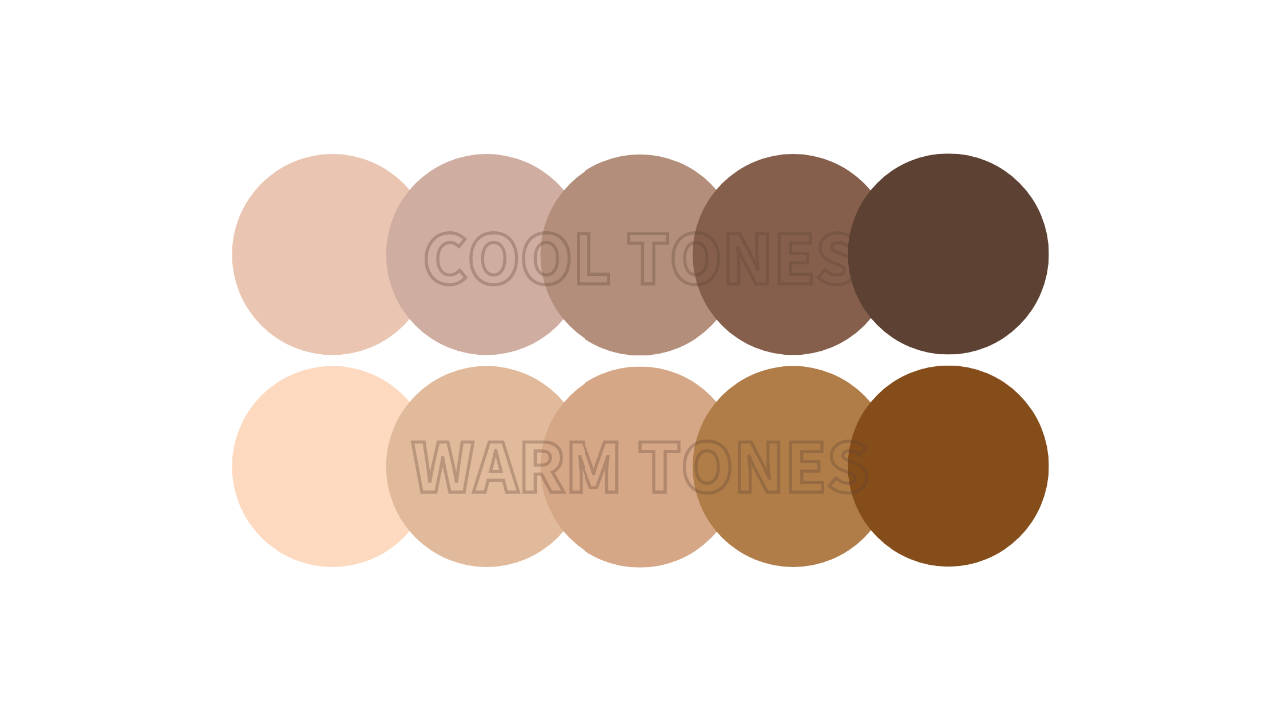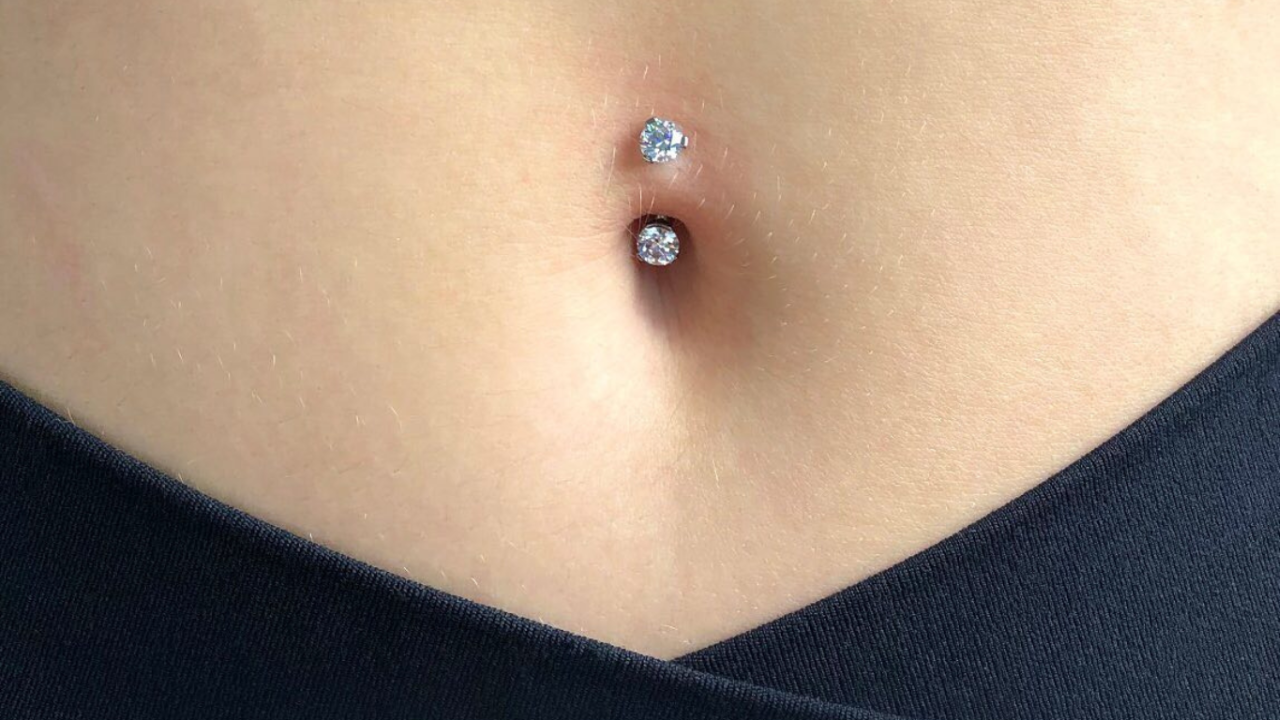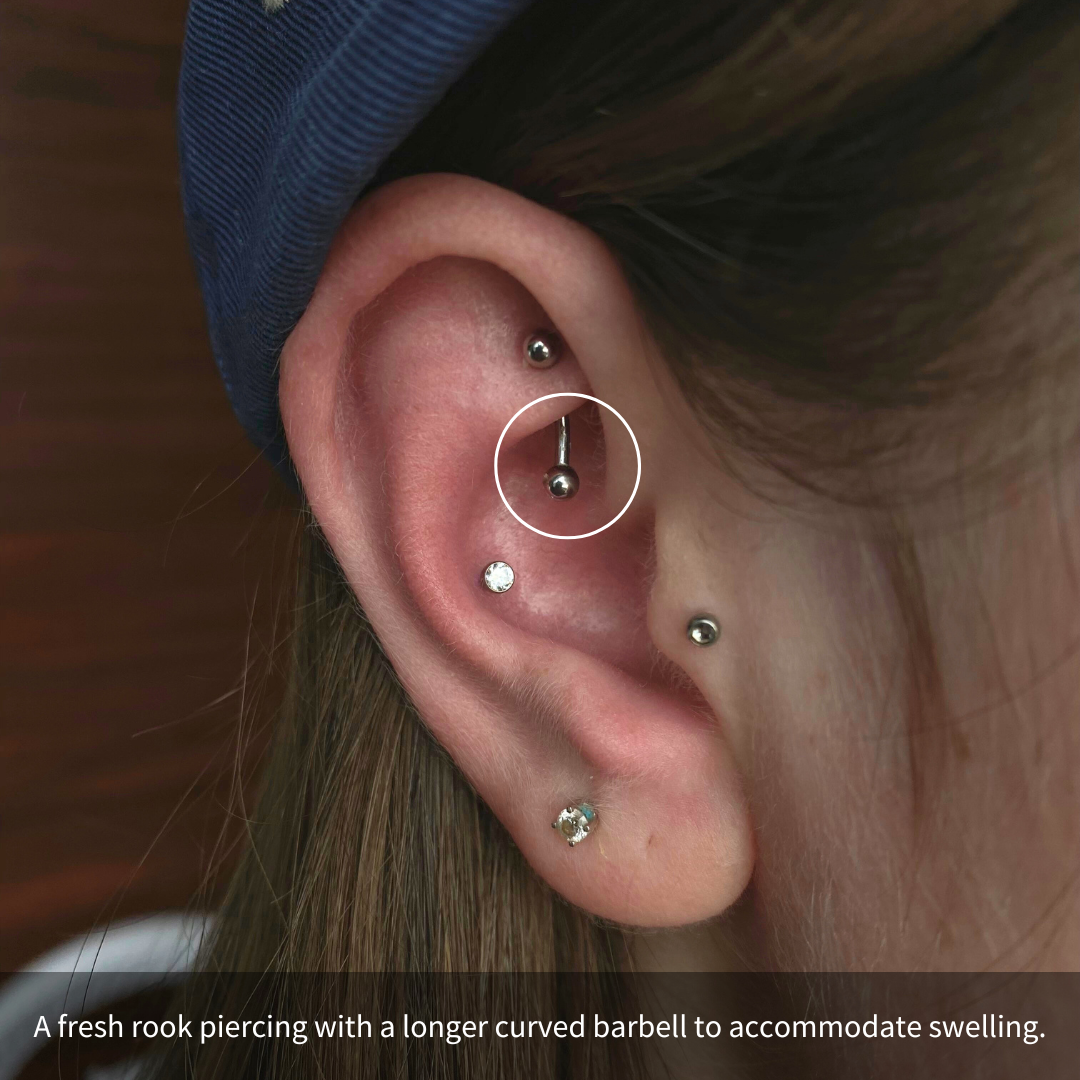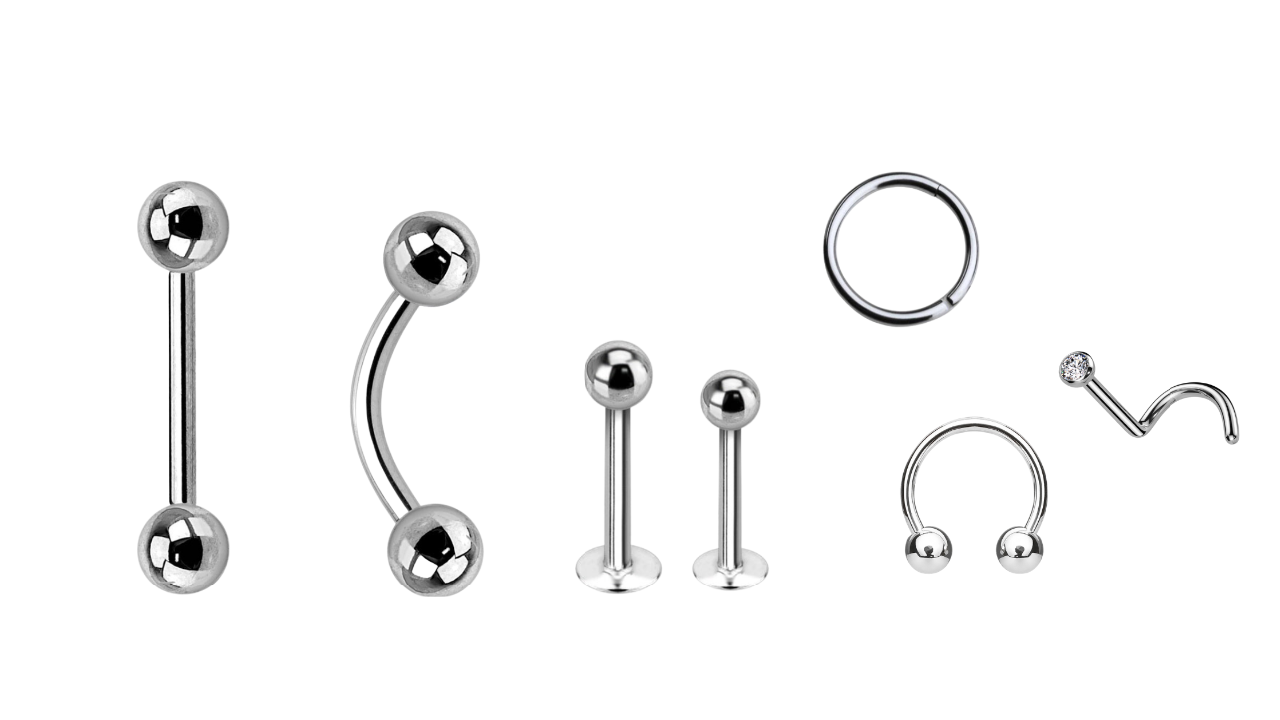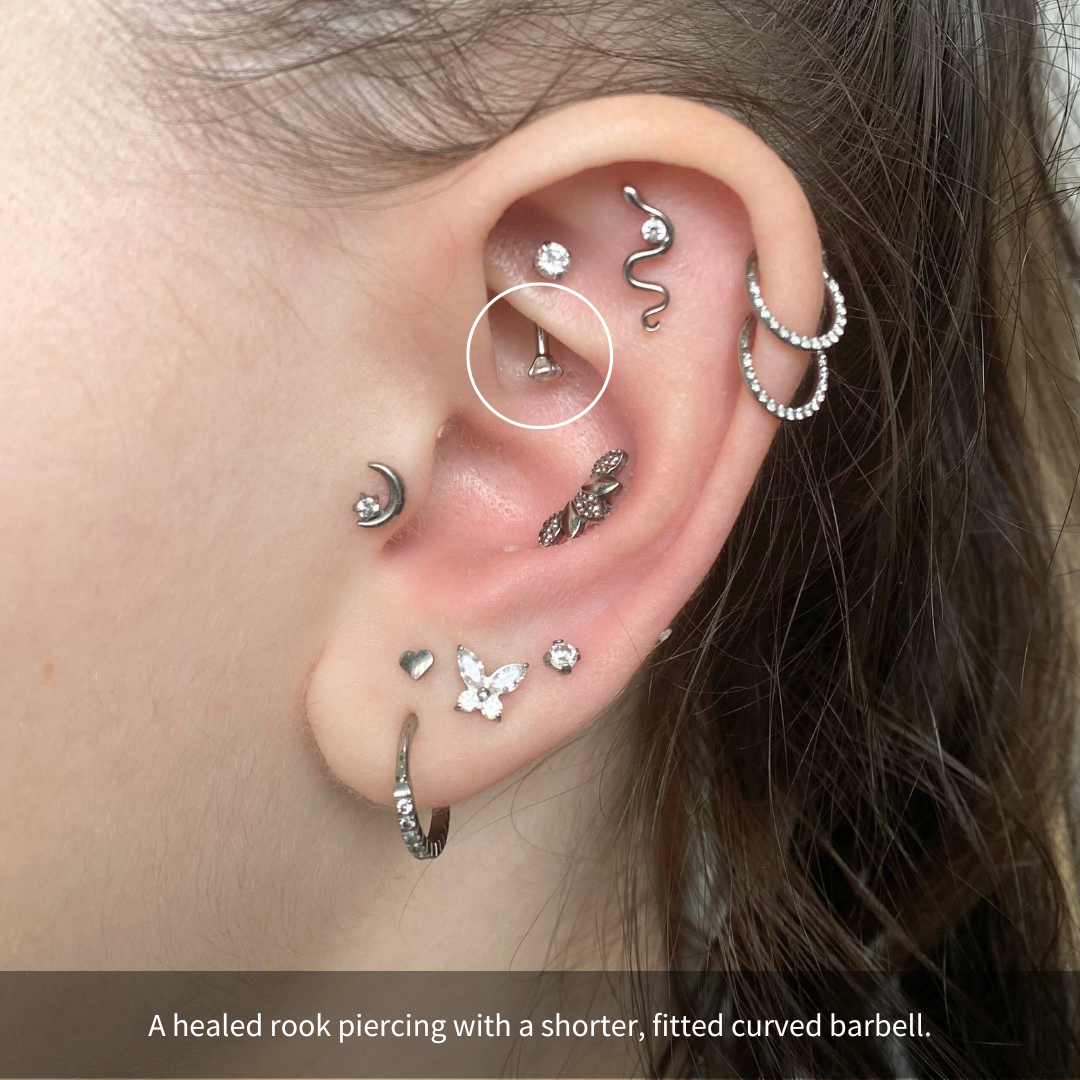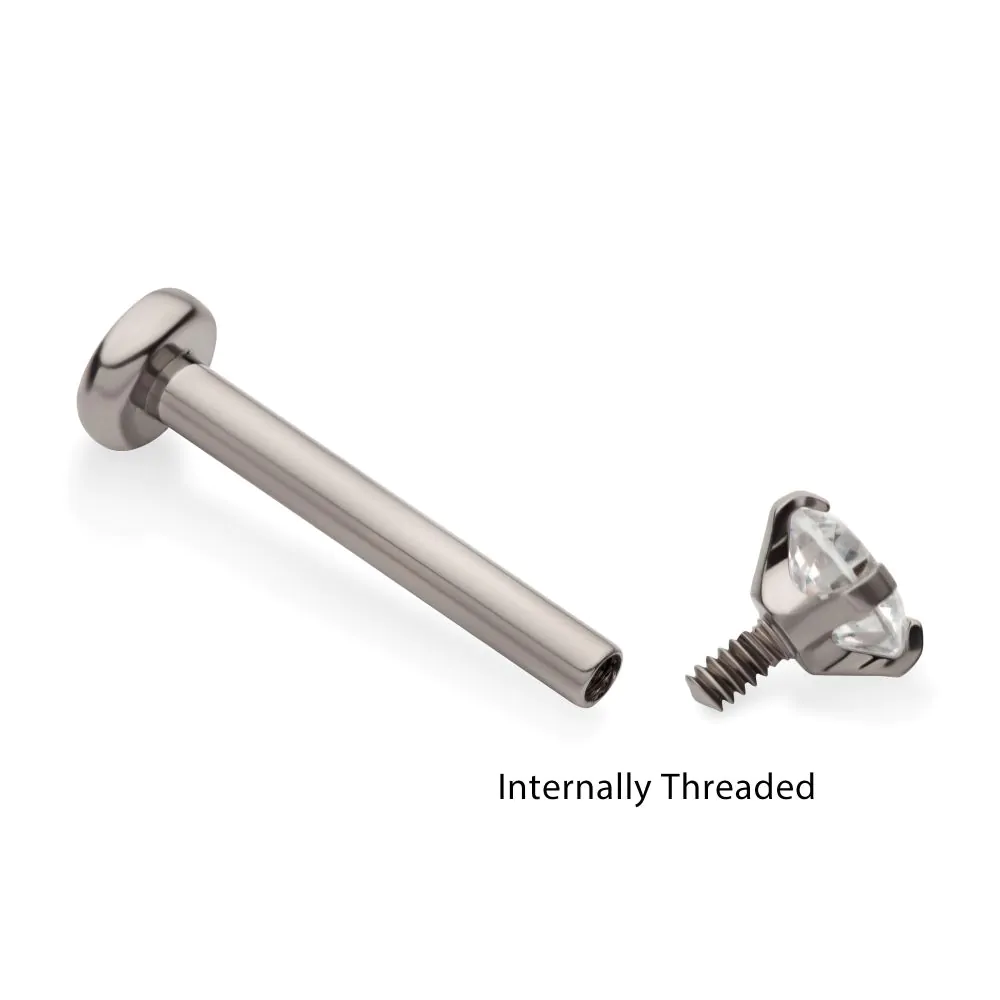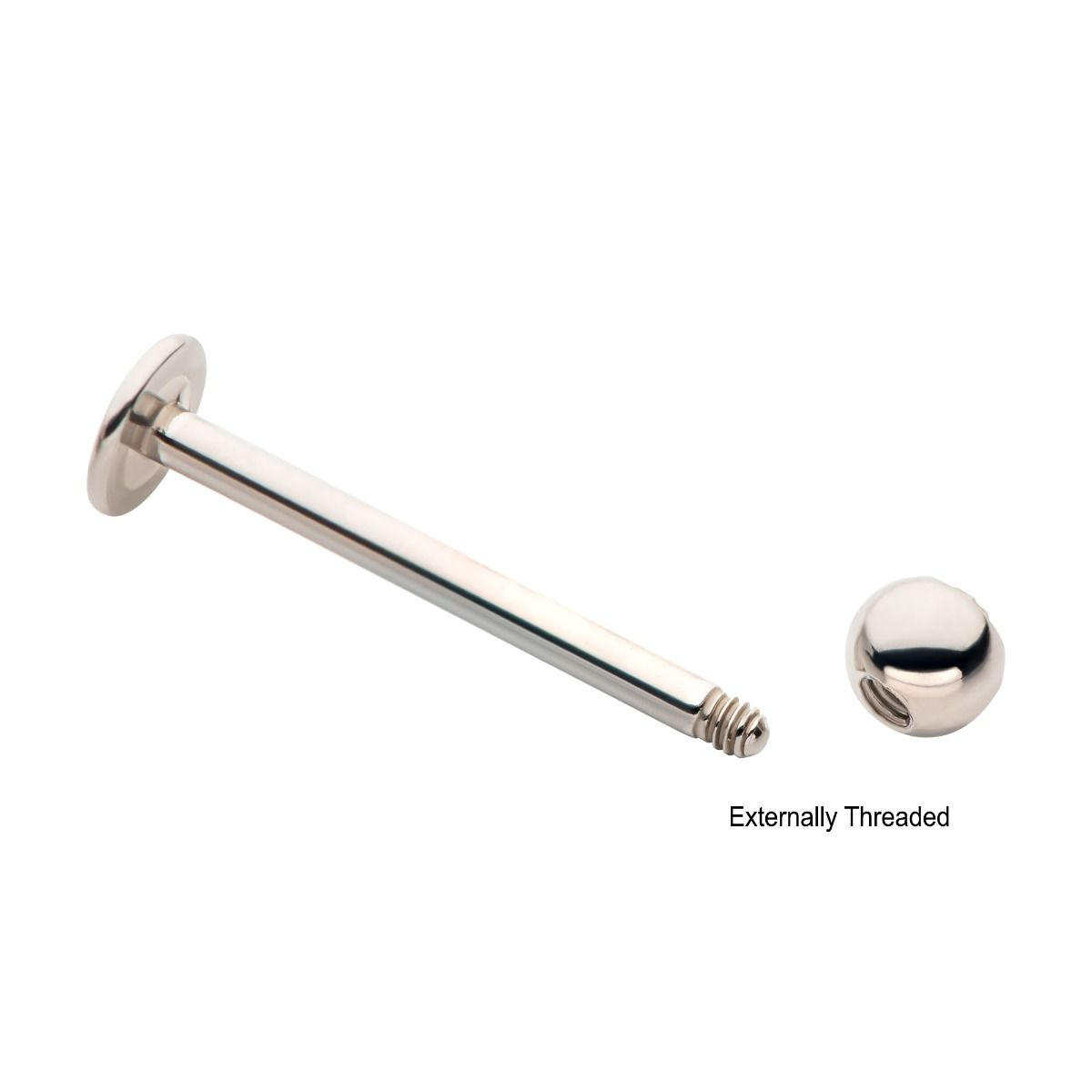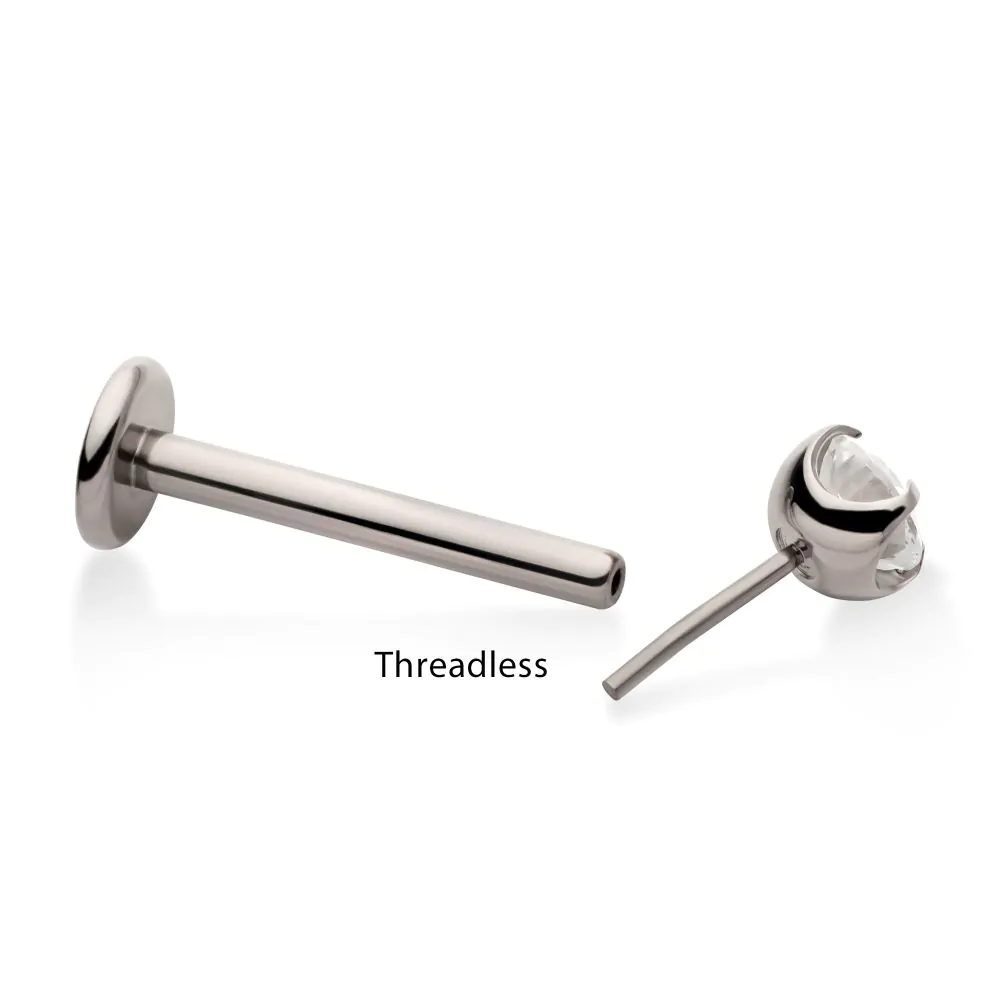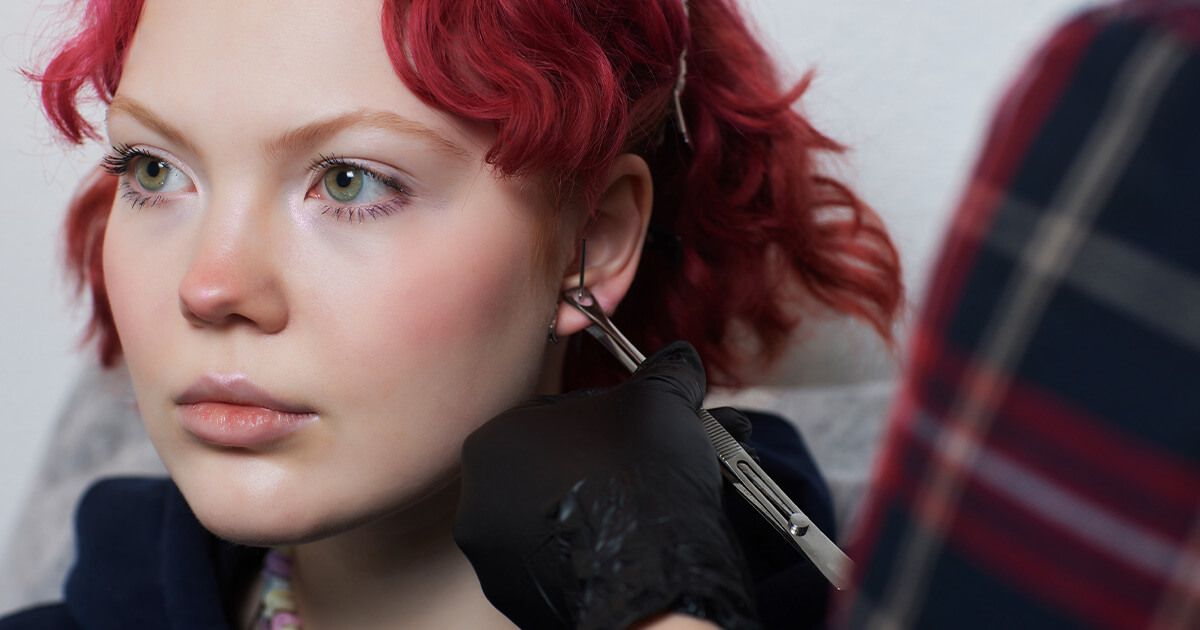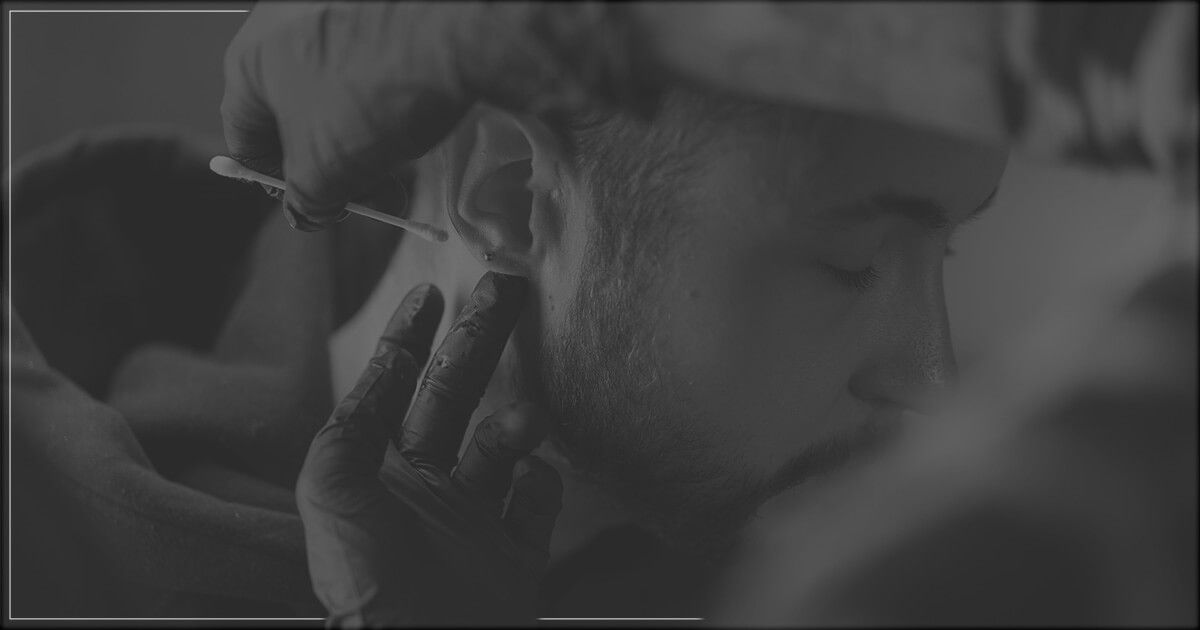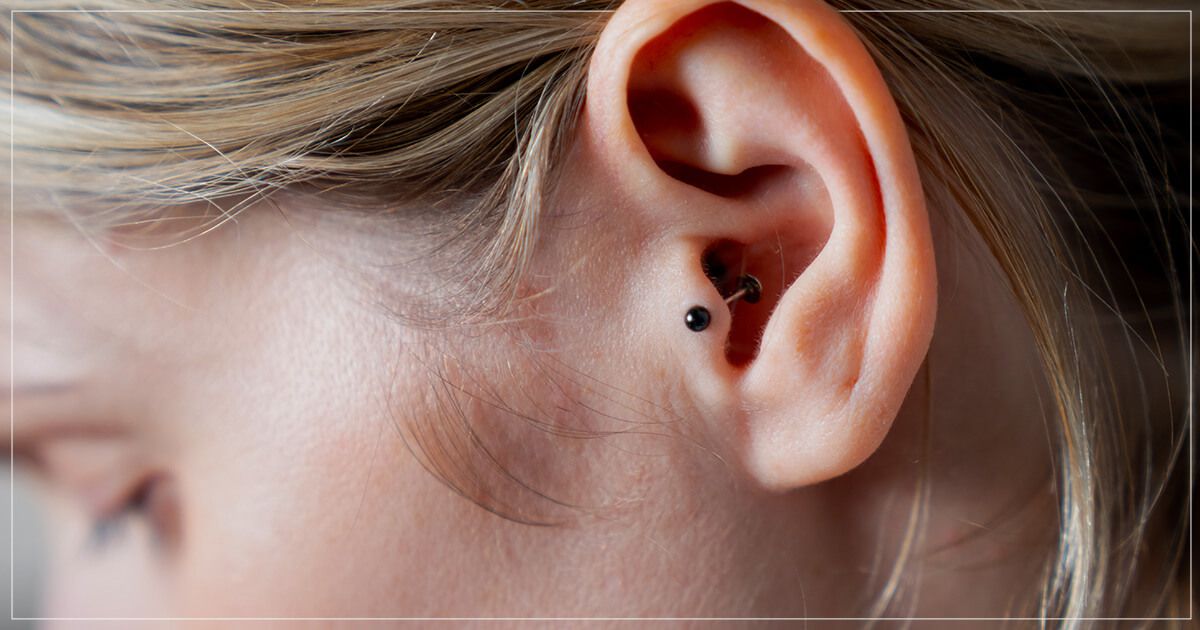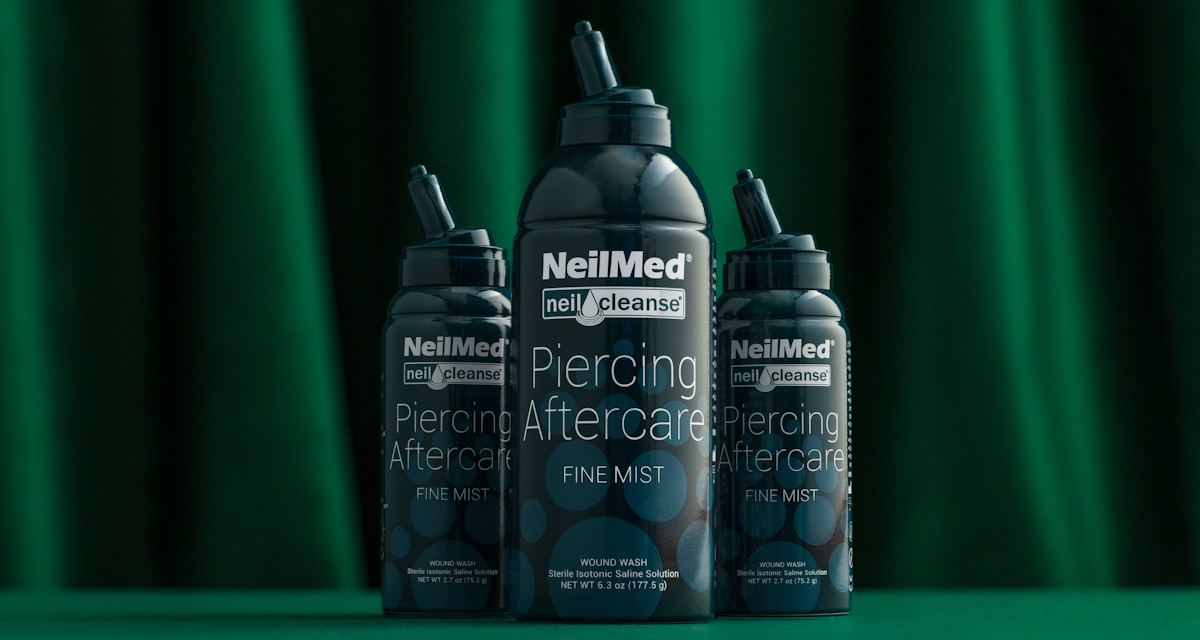Are you doing it all wrong? Because I am.
I was watching the newest episode of Vanderpump Rules this week when I realized what a hypocrite I am. I was sitting on the couch, fiddling with the jewelry in my new helix piercing. You know, doing the exact thing I tell people NOT to do- every day of my life.
I get it. The excitement of it all can sometimes overshadow the importance of aftercare. Unfortunately, you may inadvertently be hindering the healing process of your piercing.
Healing a body piercing can be tricky, and even little mistakes can slow down the process or cause problems. In this post, we’ll go over some common piercing mistakes—like cleaning too much or using the wrong aftercare products—that might be holding you back. We’ll share easy tips on how to take care of your body jewelry, avoid irritation and infection, and help your piercing heal faster. Whether you're wondering when to change your jewelry or how to use saline solution properly, we’ve got the advice you need to keep your piercing on the right track.
Are you making these common mistakes?
Are you…
1. Touching your piercing?
This is an important one. And it’s one we are probably all guilty of doing. Unfortunately, touching introduces bacteria and can disrupt the formation of healing tissue, hindering the healing process.
You only need to touch the piercing to clean it, and don’t forget to wash your hands first! Next time you’re sitting on the couch fiddling with that new earring, remind yourself that the less you mess with it, the better.
2. Sleeping on your piercing?
This is the most common reason for complications such as piercing bumps.
Pressure and friction from sleeping on your piercing will cause swelling and disrupt healing. It’s almost impossible to ask that you sleep strictly on your back to avoid this, but finding a comfortable sleeping position that avoids direct contact with the piercing is SO necessary.
We often recommend airplane pillows. The hole in the middle will allow you to sleep on your side without putting any pressure on your ear.

3. Not cleaning your bedsheets?
It's a good idea to change your bedding after getting a piercing, especially if it's in an area that will come into contact with your bedding while you sleep.
Fresh piercings are susceptible to infection, so keeping your bedding clean can help reduce the risk of introducing bacteria to the piercing. Change your pillowcases if you have a new ear or face piercing and your sheets if you have a new body piercing.
4. Going to sleep with wet hair?
Another mistake related to sleeping. Bacteria loves moisture. The moisture from your hair creates an environment for bacteria to thrive, which is not ideal for a healing piercing.
Additionally, any product in your hair will likely leave residue, potentially leading to irritation and disrupting the healing process. It's best to ensure your hair is dry before going to bed to minimize risks.
5. Excessively cleaning your new body piercing?
But how could cleaning your piercing be bad? Over-cleaning your piercing can be harmful because it can disrupt healing, strip away healthy bacteria, and dry out the skin, leading to more irritation and potential complications.
Follow the aftercare instructions provided by your piercer and clean your piercing gently and only as directed.
6. Using the wrong aftercare products?
Products like alcohol or hydrogen peroxide are too harsh for healing piercings, causing more harm than good. Instead, stick to a saline solution and a gentle cleanser.
For more information, check out our blog post, "Piercing Aftercare You Should Avoid At All Costs" where we outline what not to use and recommend products that work.
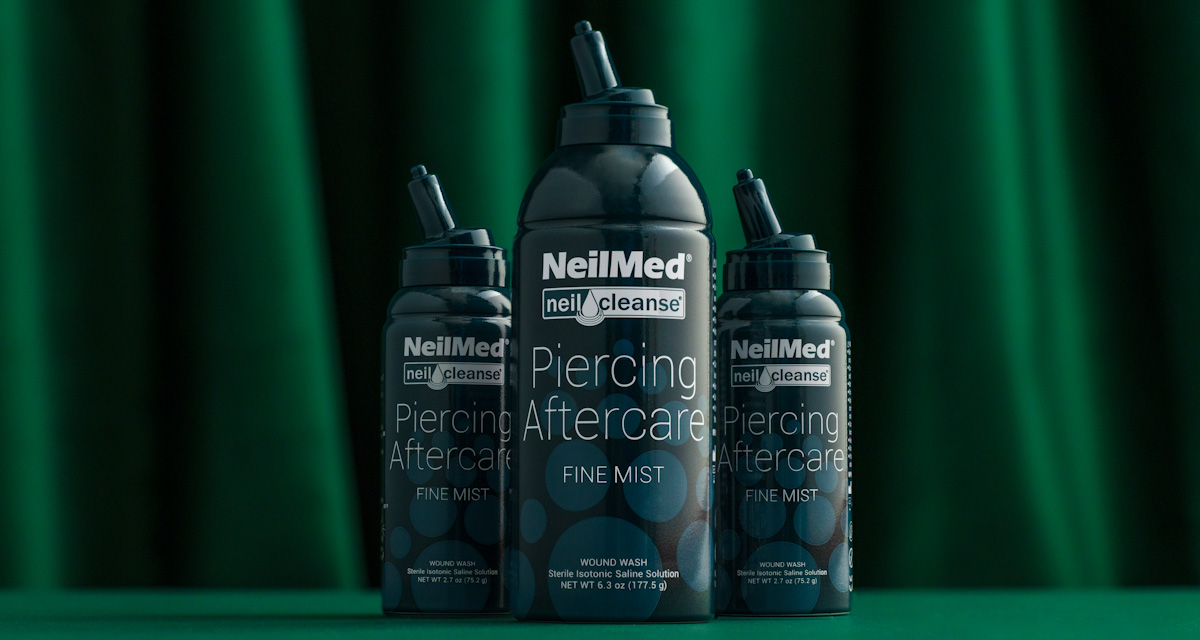
7. Changing the body jewelry too soon?
I know it’s tempting to swap out the initial jewelry for something more aesthetically pleasing, but doing this too soon can cause trauma to the piercing and set back healing progress. Not sure how soon is too soon? Ask your piercer! They’re here to help.
8. Exposing the piercing to harmful environments?
Ready for a list of harmful environments for your new piercings?
Essentially, every body of water is a no-go. That includes:
- swimming pools
- hot tubs
- oceans
- rivers
- lakes
- the bath (showers only!)
We talked about how bacteria love moisture. Well, bodies of water are crawling with unknown bacteria, and you don't want your new piercing soaking in dirty water.
Swimming pools may look “clean” but they’re full of chlorine, which can be irritating.
There’s also salt water, but it’s still unsafe and NOT the same as saline. Any submersion in water, even bath water, can be harmful to your body piercing.
It’s also important to limit sun exposure. A sunburn on a new piercing can result in inflammation and/or permanent scarring, and sunscreen will irritate an open wound. So, if you’re out and about, it’s best to cover up or stay in the shade!

9. Wearing the wrong clothing?
Wearing too tight or restrictive clothing will rub against the piercing, leading to irritation. We suggest wearing loose-fitting clothing or clothing that won’t come into contact with the piercing to avoid this issue.
Sadly, if you have a new navel piercing, put those high-waisted pants away for a little bit. It’s also important to consider fabrics. Knitted and lace fabrics especially are not your friends.

10. Keeping the same routines?
Mostly, I'm talking about your skincare and makeup routines, but this does apply to your shower routine too!
Changing up your routines is crucial, especially concerning skincare, makeup, and showering habits when you have a new body piercing. Avoiding products with fragrances and those tailored for skin issues like acne is essential for preventing irritation and infection. This encompasses all skincare products—face wash, body wash, toner, creams etc.
Additionally, you'll need to avoid applying makeup near the piercing site, as makeup tools and products can harbour bacteria transferred from your skin. Should any product come into contact with your piercing, ensure thorough cleansing with a gentle saline solution, and finish your showers with an unscented cleanser to minimize the risk of irritation or infection.

There it is, the top ten reasons your piercing isn’t healing. While these things may not seem like a big deal, I promise your piercings will be happier avoiding them.
Remember:
- Avoid touching your piercing, sleeping on it, or over-cleaning.
- Keep your bedding clean, dry your hair before bed, and use the right aftercare products.
- Don’t change your jewelry too soon, and stay away from harmful environments like pools and hot tubs.
- Wear loose clothing and adjust your skincare routine to prevent irritation.
By addressing these pitfalls, you’ll give your piercing the best chance to heal properly and look great.
How many of these things are you guilty of doing? Let’s talk about it! Comment below!


